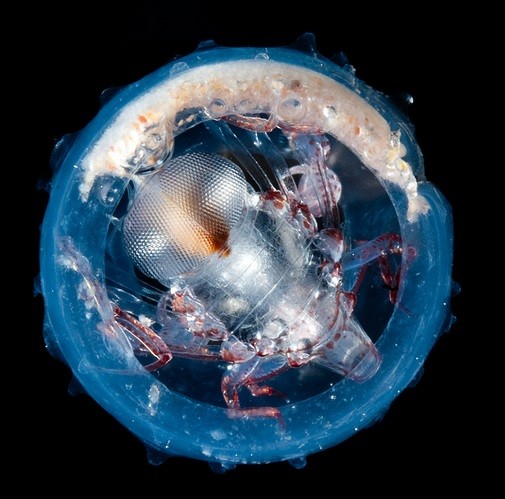Researchers have discovered that all the plankton found in the ocean are apparently responsible for producing half of the oxygen the entire world breathes and consumes.
Researchers from the Tara Oceans Consortium have studied plankton life in a span of three years where they have collected 35,000 samples from 210 sites where they were able to determine that these microorganisms are not only food for other sea animals.
In reality, they play a pivotal role in a bigger picture, as they support all life on Earth and producing half of the world's oxygen needs.
Planktons are tiny, microscopic animals that include zooplankton and phytoplankton along with viruses, bacteria, fish larvae and others that are drifting in the world's oceans. They are the equivalent of microbial animals and plants found on land where phytoplankton produce oxygen with photosynthesis like plants to produce their food.
The process of photosynthesis requires carbon dioxide where phytoplankon can prevent the destructive effects of climate change by creating a shield against the rising levels of carbon dioxide produced by fossil fuels. During spring, phytoplankton bloom rapidly since this is the time they receive an abundance of light and nutrients.
Apart from the plankton's crucial role in the contribution of oxygen supply to the planet, researchers also revealed that these microorganisms contain 40 million genes. Planktons can be uncovered in different parts of the planet but they are also quite sensitive to temperature.
According to genomics expert, Chris Bowler of the École Normale Supérieure's biology department, temperature is a truly important, environmental determining factor of how plankton communities grow together. Even if they can help in combating climate change, they can still be easily affected by environmental circumstances.
Just 50 years ago, scientists were not exactly sure if these tiny particles observed in the seawater were indeed alive. To date, new research reveal that they also constantly share contact and an ecosystem together where they can either thrive or destroy each other for survival. This cycle maintains marine ecosystems balanced that prevents an invasive species taking over the oceans.
This new data can help future analysis for researchers to develop new models to predict plankton activity in communities along with temperature changes in the water that can affect the overall level of oxygen produced by these tiny microorganisms and the amount of carbon dioxide they can also absorb to fight climate change.



























